1. What is Human Computer Interaction?
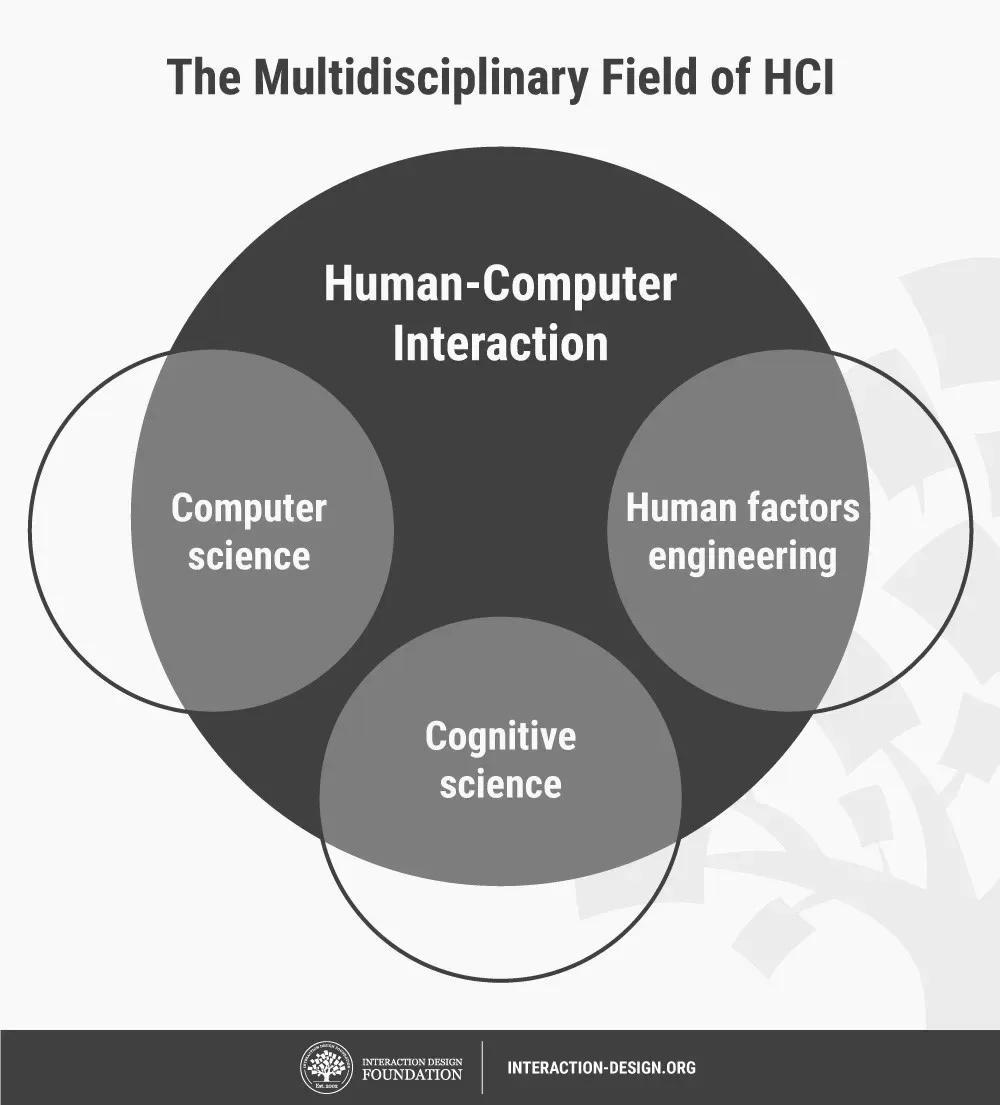
Human-computer interaction (HCI) is a multidisciplinary field of study focusing on the design of computer technology and, in particular, the interaction between humans (the users) and computers. While initially concerned with computers, HCI has since expanded to cover almost all forms of information technology design.
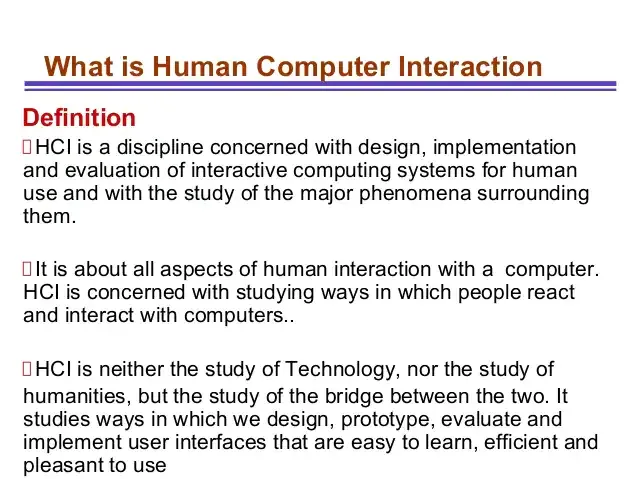
2. What is Brain Storming relating to Human Computer Interaction?

Brainstorming is a method design teams use to generate ideas to solve clearly defined design problems. In controlled conditions and a free-thinking environment, teams approach a problem by such means as “How Might We” questions. Brainstorming is a method of generating ideas and sharing knowledge to solve a particular commercial or technical problem, in which participants are encouraged to think without interruption. Brainstorming is a group activity where each participant shares their ideas as soon as they come to mind.
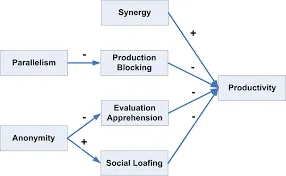
3. What is Contextual Inquiry?
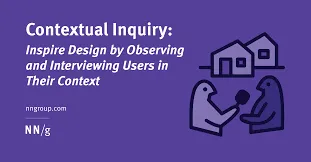
Contextual inquiry is a semi-structured interview method to obtain information about the context of use, where users are first asked a set of standard questions and then observed and questioned while they work in their own environments.

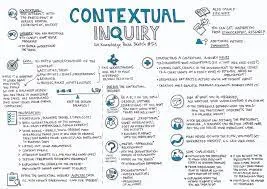
4. What is Making Sense Data?
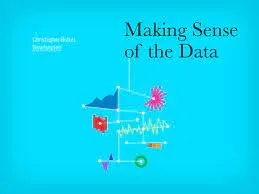
Making Sense of Data educates readers on the steps and issues that need to be considered in order to successfully complete a data analysis or data mining project. A step-by-step approach aids professionals in carefully analyzing data and implementing results, leading to the development of smarter business decisions. Making sense-data in his attempt to discern the relationship between appearance and reality. Sense-data are the particular things we perceive during the act of sensation.
Sense-data, Entities that are the direct objects of sensation. Examples of sense-data are the circular image one sees when viewing the face of a penny and the oblong image one sees when viewing the penny from an angle.
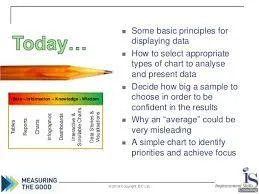
5. What is Dynamic Prototype in Human Interaction?
A prototype is an early sample, model, or release of a product built to test a concept or process or to act as a thing to be replicated or learned from. Software prototyping is the activity of creating prototypes of software applications, i.e., incomplete versions of the software program being developed.
Prototyping is an experimental process where design teams implement ideas into tangible forms from paper to digital. Teams build prototypes of varying degrees of fidelity to capture design concepts and test on users. With prototypes, you can refine and validate your designs so your brand can release the right products.

6. Discuss the Technology and change?
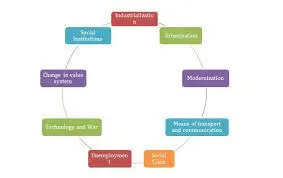
Modern technology has paved the way for multi-functional devices like the smartwatch and the smartphone. Computers are increasingly faster, more portable, and higher-powered than ever before. With all of these revolutions, technology has also made our lives easier, faster, better, and more fun. Technology affects the way individuals communicate, learn, and think. It helps society and determines how people interact with each other on a daily basis. It's made learning more interactive and collaborative, this helps people better engage with the material that they are learning and have trouble with. Social media and mobile devices may lead to psychological and physical issues, such as eyestrain and difficulty focusing on important tasks. They may also contribute to more serious health conditions, such as depression. The overuse of technology may have a more significant impact on developing children and teenagers.
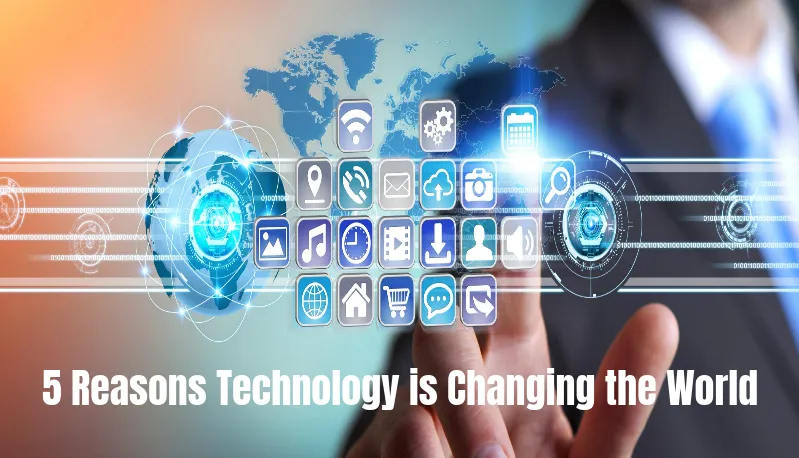
5 Reasons Technology is Changing the World
1. Health. It is predicted that by 2025, dementia and Alzheimer's will be little to non existent.
2. People Are More Informed About Disasters and Information All Over the World.
3. Education.
4. Communication.
5. Automation.
7. What is Human Computer Interaction?
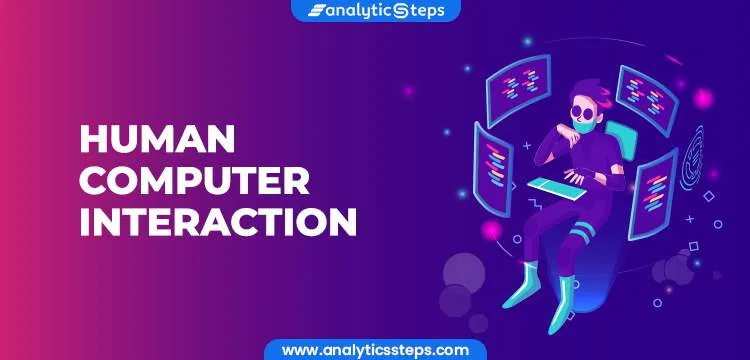
Human-Computer Interaction (HCI) is a field of science that studies the design and use of computer technology. HCI focus on interfaces between people and computers and how to design, evaluate, and implement interactive computer systems that satisfy the user. Human-computer interaction (HCI) is a multidisciplinary subject that focuses on computer design and user experience. It brings together expertise from computer science, cognitive psychology, behavioural science, and design to understand and facilitate better interactions between users and machines.
The interaction between the computer and the user is meant to provide the user a new viewpoint. Virtual reality, when done correctly, can genuinely resemble the actual environment, and is an excellent example of good HCI at action.
8. Discuss the concepts of interaction design?
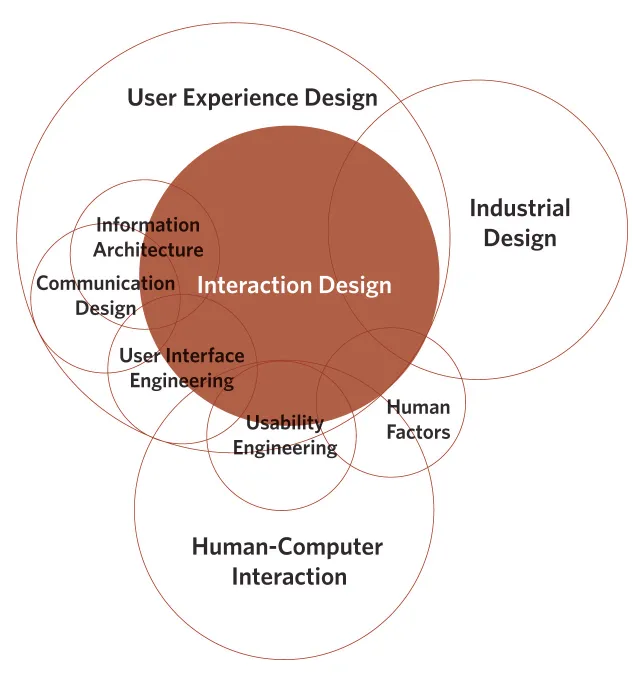
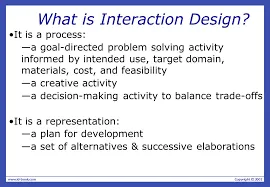
Interaction Design (IxD) is the design of interactive products and services in which a designer's focus goes beyond the item in development to include the way users will interact with it. Thus, close scrutiny of users' needs, limitations and contexts, etc. empowers designers to customize output to suit precise demands. Successful interaction design employs simple, clearly defined goals, a strong purpose, and an intuitive UI. In an effort to keep interactions simple and easy, goal-driven interaction design puts nothing more than the absolute minimum necessary in front of users in order for them to complete a task.
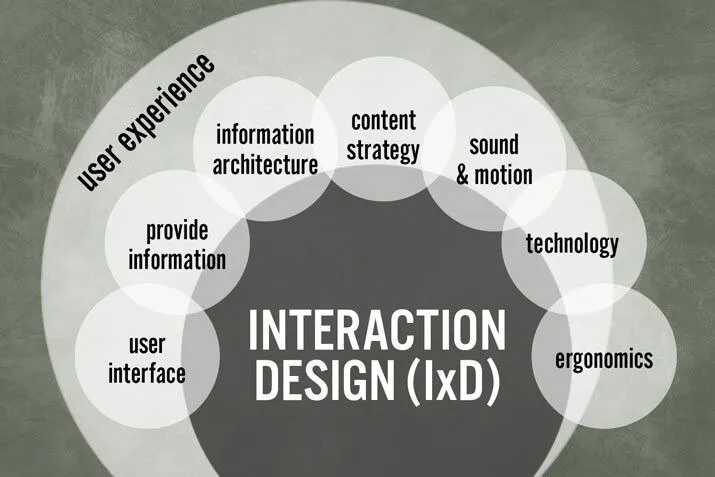
9. Differentiate the Computer and Human Computer Interaction?
Human-computer interaction (HCI) is a multidisciplinary field of study focusing on the design of computer technology and, in particular, the interaction between humans (the users) and computers. While initially concerned with computers, HCI has since expanded to cover almost all forms of information technology design.
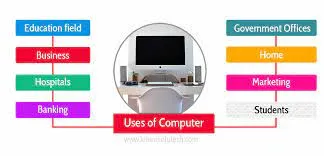
Computer has been intervened to every sphere of human life such as Mobile phones, TV shows, Supermarkets, Hospitals, Railways, Matrimonial, Share Tradings, Online Purchasing, Banking, Sports, Traffic controls, Security Surveillance systems, Job Recruitment, Robotics, Machine Learning, Artificial Intelligence etc.

Human Computer Interaction involves the study, planning, and design of the interaction between people (users) and computers. Interaction Design is the practice of: understanding users' needs and goals. designing tools for users to achieve those goals. As a discipline, HCI is a forerunner of user experience design. The HCI field seeks to improve human-computer interaction by improving the functionality, reliability, usability, and comfort of computer interfaces. For example, for a mobile app, this might be a combination of visual UI and auditory UI.
10. Discuss Data Gathering and Requirements Analysis with focus in HCI aspects?
Within the requirements activity, the purpose of data gathering is to collect sufficient, accurate, and relevant data so that a set of stable requirements can be produced; within evaluation, data gathering is needed in order to capture users' reactions and performance with a system or prototype. A requirement is something the product must do or a quality that the product must have. Users may not be aware of all requirements. Users may voice a perceived need. But users do not mention some requirements.
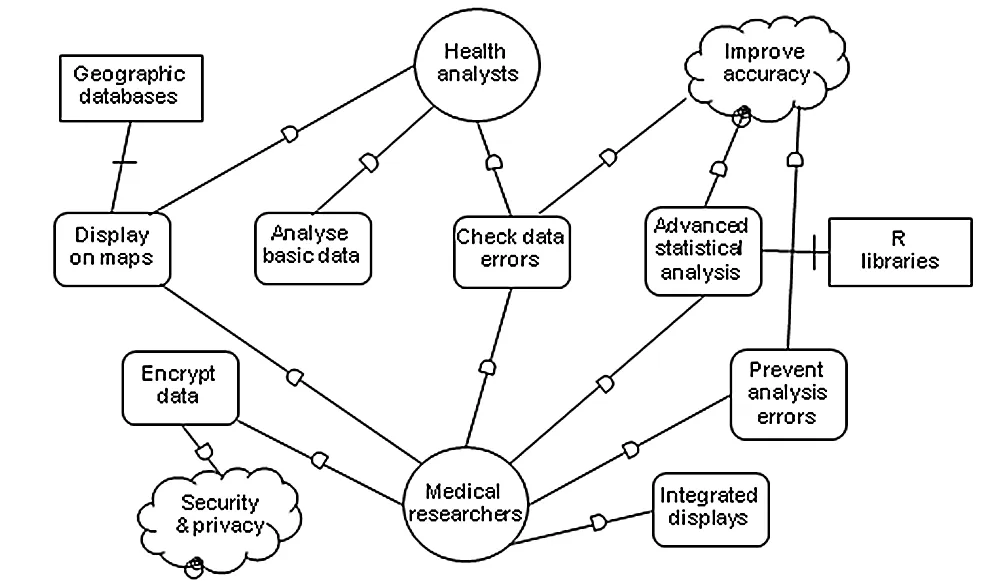
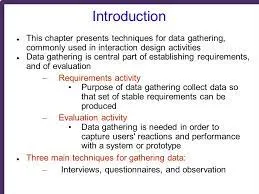
What are the five stages of requirement gathering?
To help clients and developers manage the process of requirements gathering, we recommend these 5 steps:
Step 1: Understand Pain Behind The Requirement.
Step 2: Eliminate Language Ambiguity.
Step 3: Identify Corner Cases.
Step 4: Write User Stories.
Step 5: Create a Definition Of “Done”
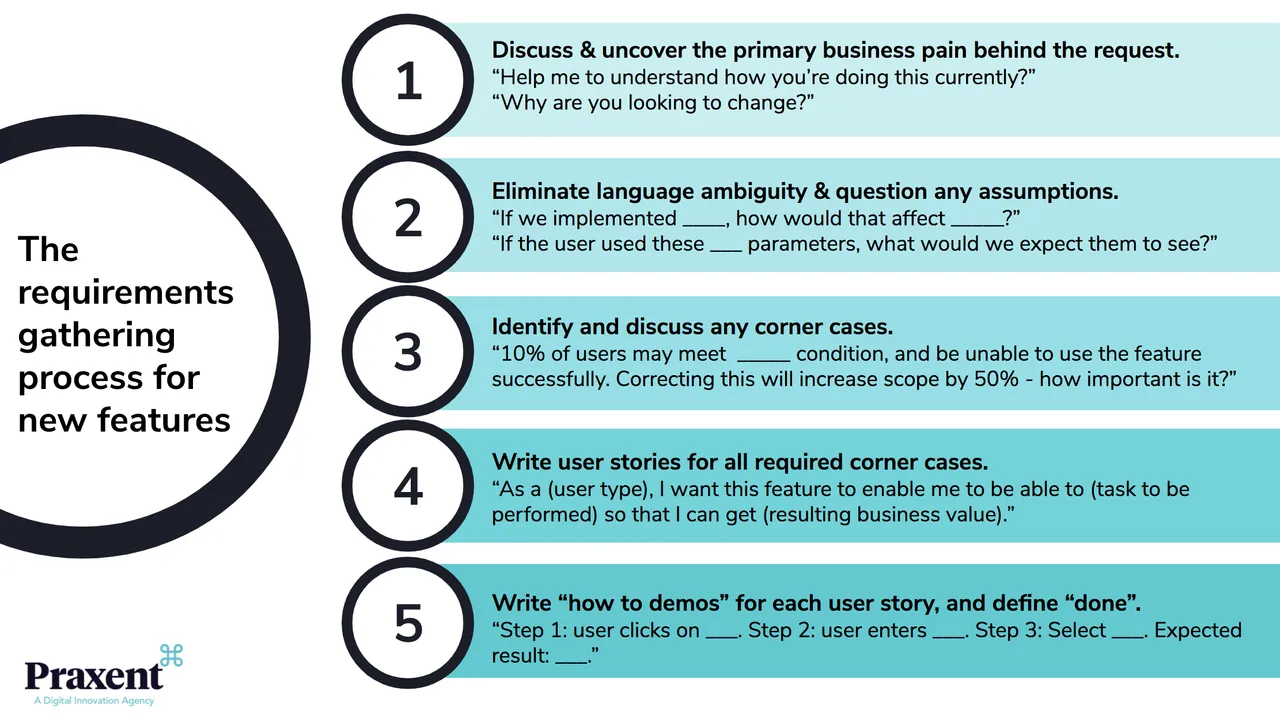
11. What are Interfaces Design and Prototyping?

User interface (UI) prototyping is an iterative development technique in which users are actively involved in the mocking-up of the UI for a system. UI prototypes have several purposes: ... As a design artifact that enables you to explore the solution space of your system.
An interface is a point where a users interact with the website they're using. UI is a main part of building an engaging website. A good User Interface design presents a seamless blend of visual design, interaction design, and information architecture: Visual Design.
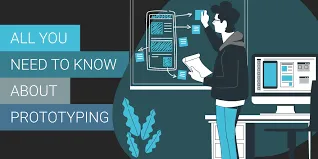
A prototype is a draft version of a product that allows you to explore your ideas and show the intention behind a feature or the overall design concept to users before investing time and money into development. A prototype is a simulation of the actual system. User interface prototypes are used to test the usability of the interface. Essentially, a prototype is a tool for defining and refining requirements.
The most important advantage of a prototype is that it simulates the real and future product. It can help attract customers to invest in the product before allocating any resources needed for implementation. You can test the design's correctness before it comes into production and you can discover design errors.